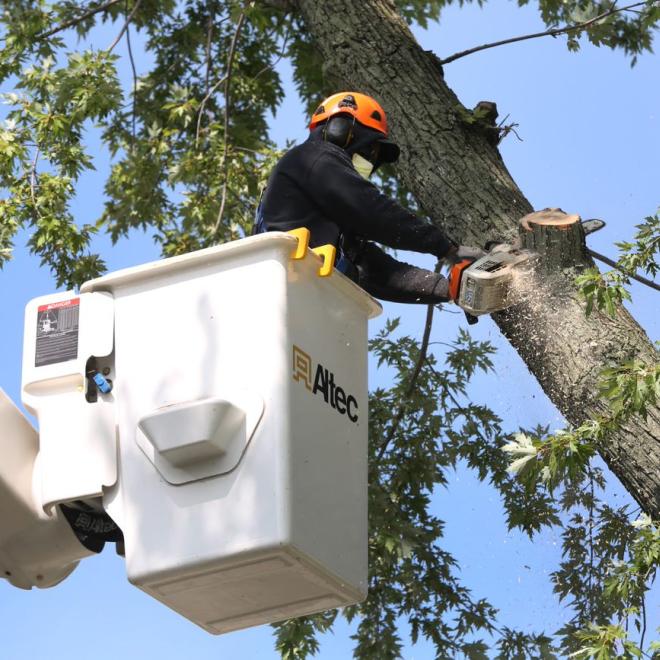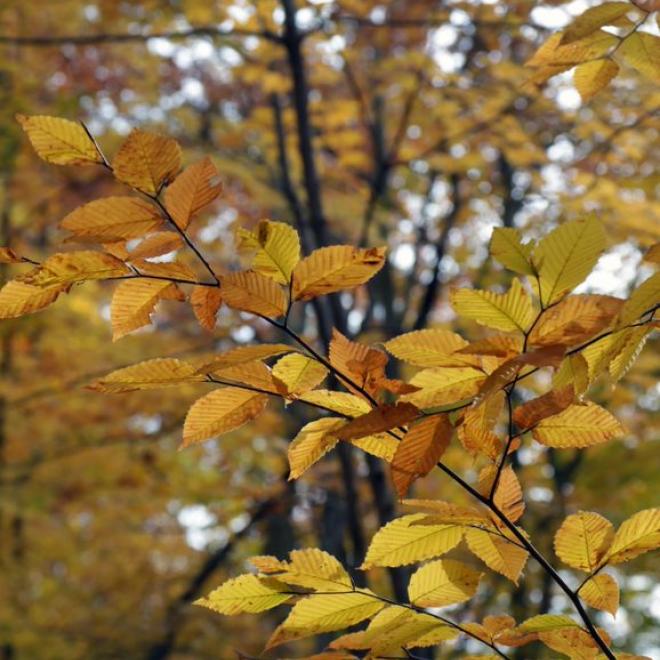Trees and Sidewalks
Homeowners with time-sensitive needs for sidewalk repair, who are not part of the Tree-Damaged Sidewalk Program can request assistance from Urban Forestry.
First, a sidewalk replacement permit must be obtained from the Bureau of Sidewalks by calling 216.664.7434. Once a permit is in hand, the homeowner may call Urban Forestry to schedule a tree and root assessment. In order for the Forester to assess the roots, damaged sidewalk panels must be removed.
If the tree cannot be retained during construction, Urban Forestry will remove it. If roots need to be removed, that will be scheduled after the Ohio Utility Protection Service has marked the site to avoid contact with underground utilities. Removal of the damaged sidewalk, as well as costs associated with the installation of new cement, is the responsibility of the property owner.

